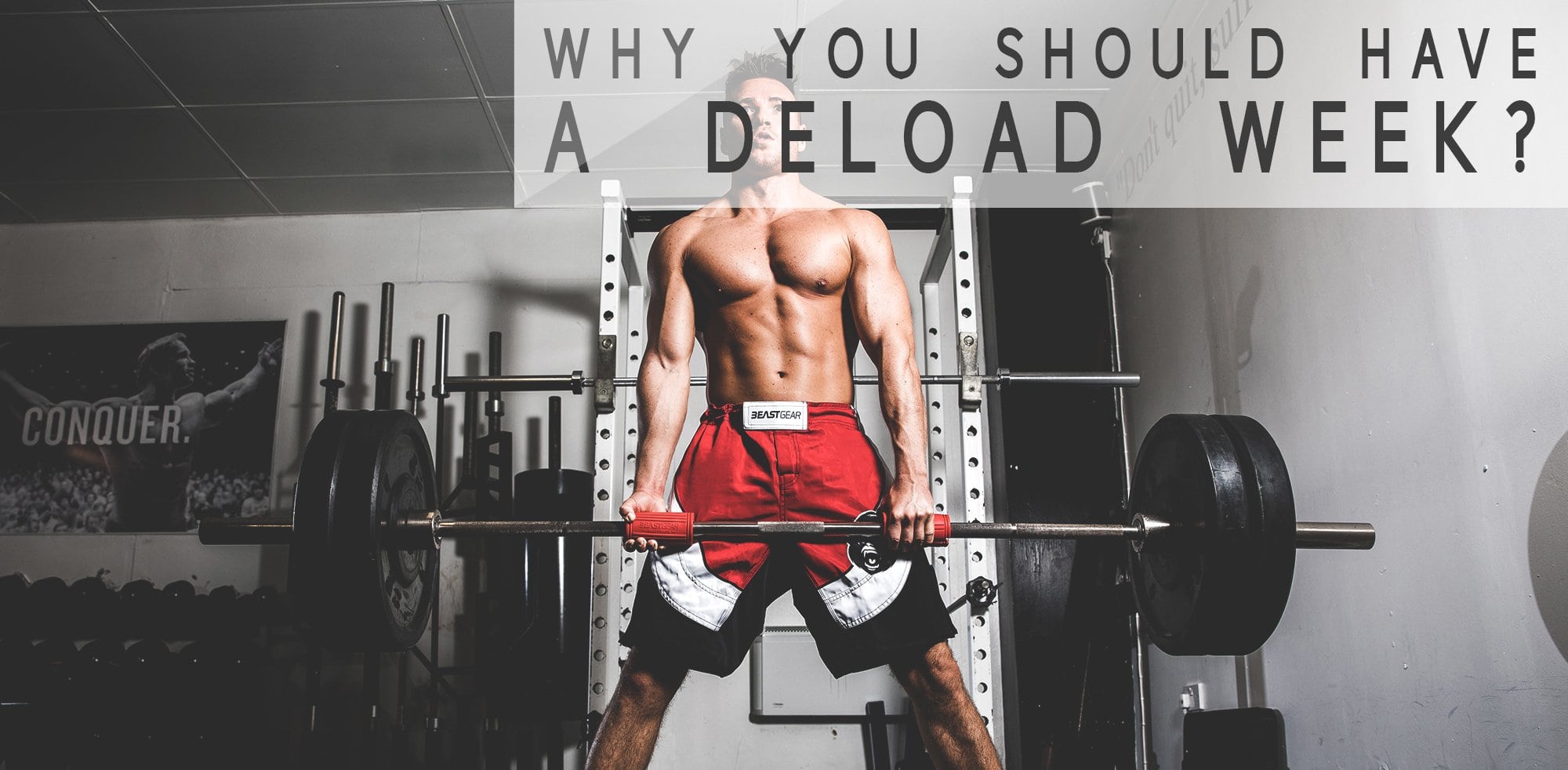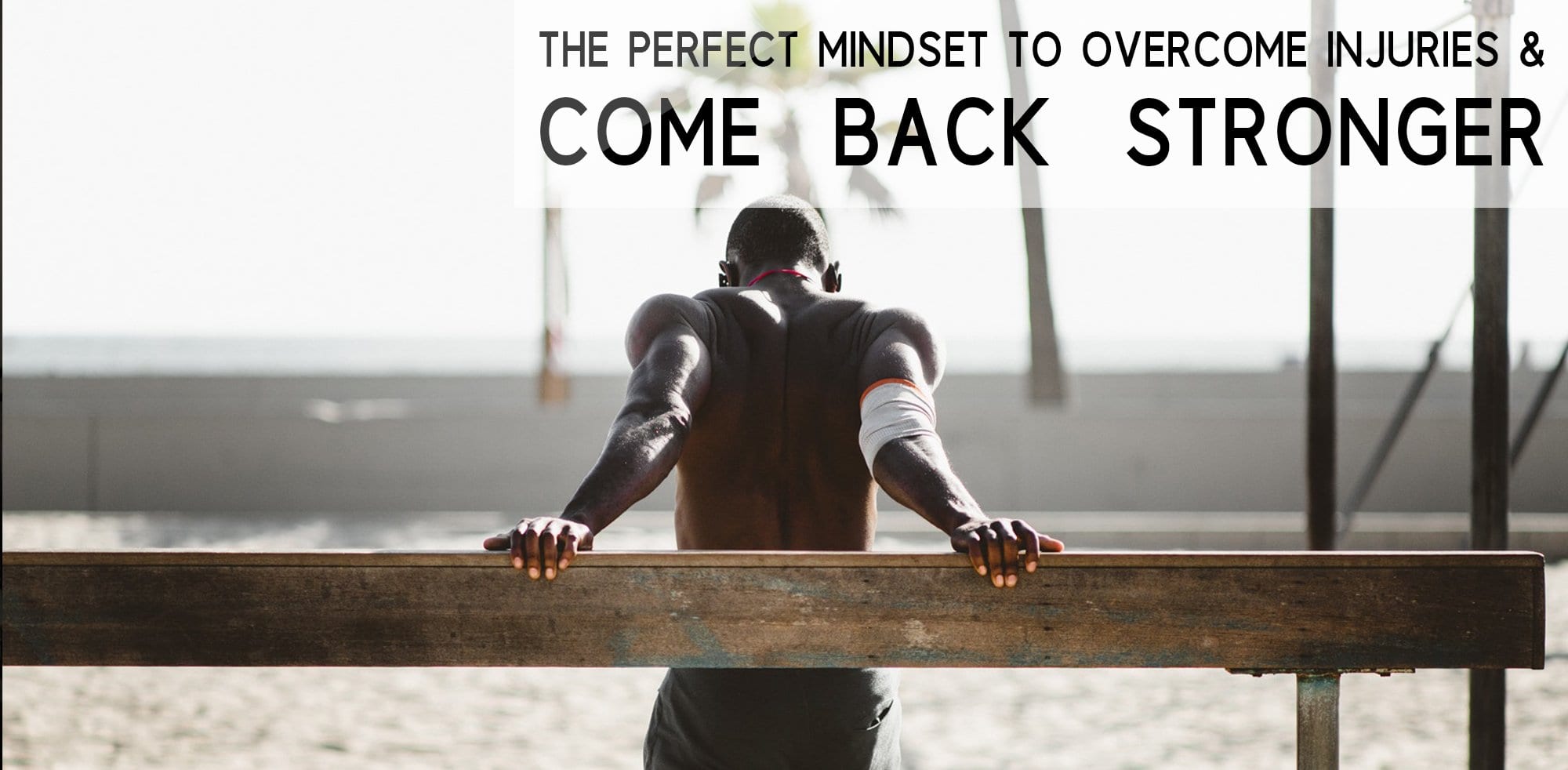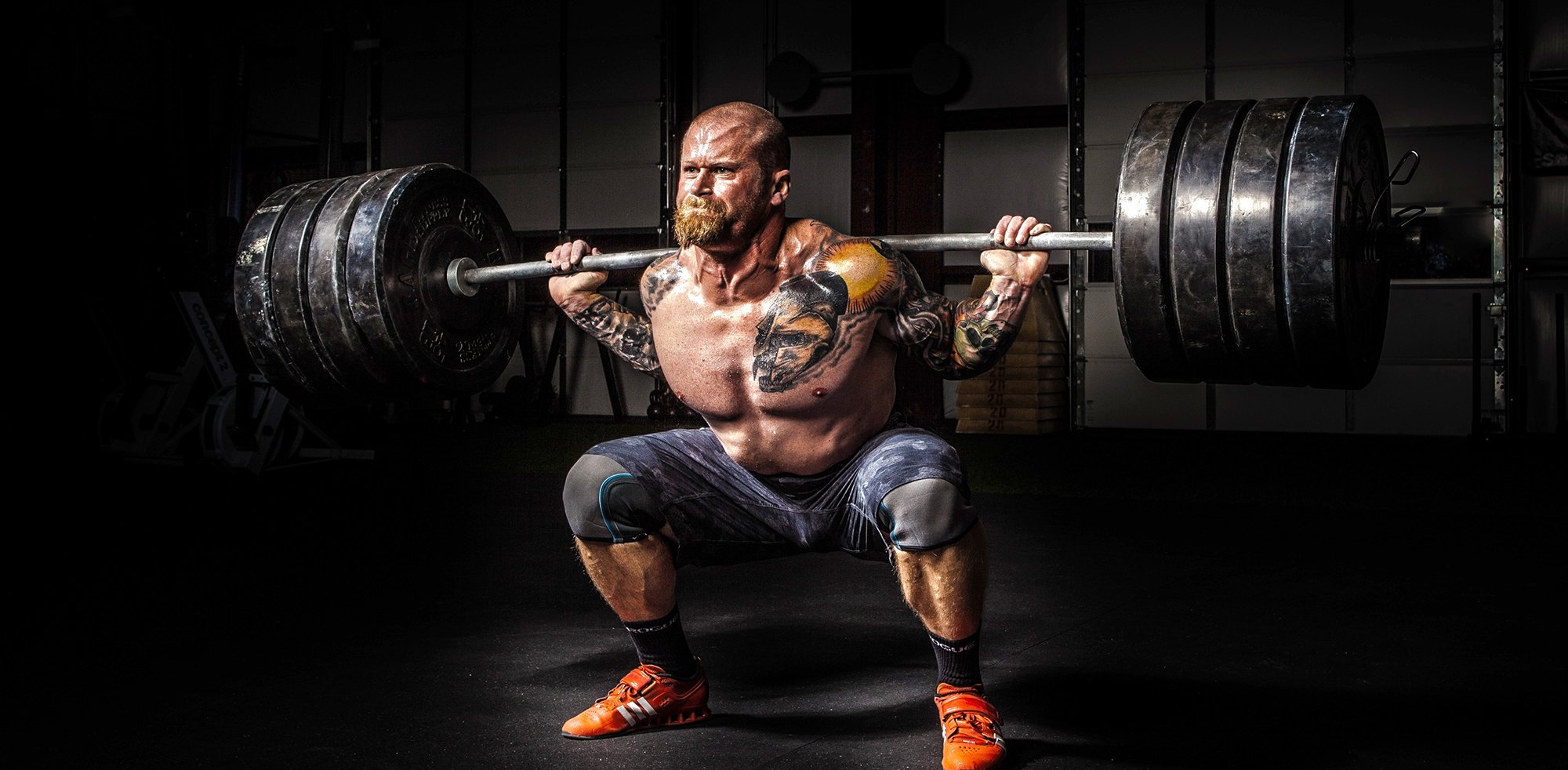Become a Back Squat Beast
The back squat is known and loved by coaches everywhere. It’s an absolute Beast of an exercise. Back squats build strength and power in the legs, glutes and hips and develop mobility and stability across the whole body.
Whilst back squats are great, I’m not one of these guys who think they are the “be all and end all”. I don’t actually back squat myself anymore, because of various back issues. But if you can, you should.
Here's how to do it.
Set-Up
Ensure that the barbell is on the pegs in the squat rack at approximately chest height. It’s safer and more effective to keep the bar low than to have to go on tip-toes to get the bar un-racked.
Hand placement will depend on your build. In general, smaller guys and girls with good mobility should keep the hands narrower. Bigger folks with low mobility should take a wider grip.
Play around with it and see what works for you.
Bar Position
All over the internet, keyboard warriors get very precious about the position of the bar on the back. There are two positions – high-bar, or low-bar.
 I don’t like low-bar squats full stop, so I’m not going to address them here. I tried them, I didn’t like them. They are great for some people, but seeing as I never kept them in my programming, it’d be wrong to discuss here. If you want more information – look up Mark Rippetoe’s guidance.
I don’t like low-bar squats full stop, so I’m not going to address them here. I tried them, I didn’t like them. They are great for some people, but seeing as I never kept them in my programming, it’d be wrong to discuss here. If you want more information – look up Mark Rippetoe’s guidance.
So, for high-bar squats (or ‘squats’ as I prefer to call them!), place the bar across your traps. You will have to create a ‘pillow’ for the bar to rest on, and you need to get your shoulder blades squeezed to achieve this.
If this is uncomfortable or you haven’t got well-developed traps, then a good ‘stepping-stone’ is a barbell pad. In an ideal world, you wouldn’t need one, but it’s great for making squats more comfortable while learning. Eventually, you should be able to do without.

Un-Racking the Bar
Un-racking the bar is key. Get it wrong and you’ll set off a chain of events leading to a poor squat, and greater injury potential. Get it right, and you are on the way to squatting like a Beast!
- Grip the bar tightly as per the hand-width that suits your build. Firmly plant your feet below the bar and ‘screw’ your heels into the ground, creating torque in your hips. Think 'spread the floor'.
- Pull yourself under the bar and drive your retracted shoulders and traps into the bar.
- Pause here and ensure everything is ‘tight’. Feet, core, hips, shoulders, hands. Mindset!
- Take a deep breath into your belly, not your chest.
- Keep your chest up and elbows back. Ensure the elbows are under the bar, with a straight line from your wrist to elbow. The wrists should not bend! If you need more support, try using wrist wraps.
- Un-rack the bar by driving up through the heels. Then, carefully, walk backwards away from the rack, one step at a time.
- Continue to keep your core tight as you breath ‘behind the shield’ of your tight abs.

Foot Position
Foot position is crucial when squatting.
Keep your heels below your shoulders, with your toes out at an angle of 10-30 degrees.
Of course, you should be familiar with this position because you have practised bodyweight squats with no bar. Right!?
Neck and Eye Position
Don’t be that guy who looks up and has an extended neck during squats. It’s bad for your upper back and neck and messes-up your movement mechanics. In ‘real life’ when squatting to retrieve an object, when would you ever keep staring at the ceiling!?
Instead, fix your eyes horizontally and make a double chin by tucking your chin back and down. Think about making the back of your neck longer and straighter. A good cue is to stare at a point on the ground around 2-3 meters ahead of you.
This guy is doing it wrong!

The Squat
Make sure you are still tight. Heels screwed into the ground, core tight, shoulders back and down, chest up, chin back. Mind on the job.
Essentially, squatting looks like this: Chest up, knees out, big breath, core tight, tight grip, and spread the floor.
Let’s break it down.
1. Sit back, knees out
Sit back by hinging at the hips. Some coaches like to say "push your bum back’". But I find this leads to accidental pelvic tilt, which is terrible when squatting!
Instead, I prefer to concentrate on the crease between the glute and hamstrings. Think about sending this crease backwards while keeping the weight on the heels.
As you move back and down, track your knees outwards. Don't over-do it with your knees. Exaggerating the 'knees out' cue will only cause you to lose balance. Instead, ensure your knees do not collapse inwards.
When squatting ‘high-bar’, as I prefer, the torso is reasonably upright, and the exercise is quad dominant. To hit the glutes, I prefer hip-thrusts, reverse lunges and Bulgarian split squats.
2. Depth
How deep to squat?
This depends on your build and the unique characteristics of your body, niggles and goals.
You do not need to go ‘ass to grass’. I prefer to squat so that the top of my quads are parallel to the ground and no deeper. At this point, my muscles are tight and engaged and I haven’t dropped so low as to take the tension out of the muscle.
I find that in the ‘hole’ of a very deep squat, the potential for back injury is greater, and it’s unnecessary
Squats are for getting stronger legs and glutes. A squat to parallel or just below is highly effective for this purpose – there is no need to go deeper.
3. Driving Up
When you hit the bottom of the squat, it’s time to drive back up (unless you are performing more advanced ‘pause squats’).
Drive through the heels, feeling your quads, hamstrings and glutes engage as you forcefully push yourself away from the floor. Keep your knees out to ensure you remain stable.
At the top of the movement, squeeze your glutes together, imagine trying to pinch a coin between your bum cheeks!
Conclusion
It all comes back to learning the basics, and getting the technique right before you get big-headed and throw loads of weight on the bar.
Find the right stance for your body, learn the hip hinge, and get this nailed first. There are no shortcuts. To be more beast, you have to beast the basics!
BEAST YOUR GOALS
Read more

What Is Deloading? Deloading is the concept of a deliberately scheduled ‘back off’ phase in your training programme. The necessity for such a deload phase (usually a week - hence ‘deload week’) is ...

Overcome Injuries With The Right Mindset, and Grab the Opportunities They Present. We all hate injuries. More than anything we detest the inconvenience of injuries. "I don't need this, I need to t...


